Referat Geologie, Mineralogie, Sedimentologie
Paläontology
Information regarding research focus and projects can be found on the section´s webpage.

The Caucasus - flora, vegetation and ethnobotany
The Caucasus - flora, vegetation and ethnobotany Few regions in Europe are more steeped in mythology than the Caucasus, and few have sparked more interest from botanists and anthropologists alike. Indeed, given the historical,...[more]

Ethnobotany and Ethnozoology in the Himalayas and Central Asia - India, Nepal, Pakistan and Uzbekistan
The wider Himalayan region and Middle Asia harbor much of the world's biological and cultural diversity. This diversity is not only structured by the steep north-south gradient, but also by an east-west gradient in precipitation....[more]
Plants, lichens and bryophytes in Baden-Württemberg - taxonomy, distribution and use
Research on native plants i is also a top priority for the Botany team at the SMNK. This work has contributed to scientific research in Baden-Württemberg for decades and is reflected in a large number of extensive...[more]
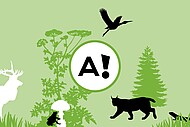
Species knowledge for everyone. The Karlsruhe Taxonomy Initiative
A new project started in autumn 2022: the "Karlsruher Taxonomy Initiative". The aim of the project is to strengthen education in the area of species knowledge and taxonomy of plants, fungi and animals in the region. It is...[more]
Large wandering spiders in Amazonian forests
Since 1992 Thierry Gasnier, Hubert Höfer and Antonio Brescovit (and others) study biology and ecology of the large wandering spiders living on the ground of Amazonian forests. Starting point of their interest in factors and...[more]
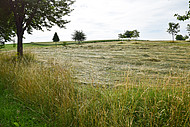
Stadt.Wiesen.Mensch
Ein Projekt der Forschungsabteilungen und der Vermittlung am Staatlichen Museum für Naturkunde Karlsruhe[more]
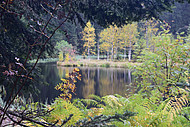
Inventarisierung der Spinnenfauna des Nationalparks Schwarzwald
inklusive gemeinsames Datenmanagement[more]
Amazon Spiders and Butterflies
An International Museum Fellowship of the German Federal Cultural Foundation allows us to reactivate an earlier cooperation between our museum and the Brazilian National Research Institution for Amazonia (INPA) in Manaus.[more]

EDAPHOBASE - a soil organism data warehouse
In the second project phase the non-commercial database Edaphobase will be integrated in the Global Biodiversity Information Facility (GBIF) network with a node for soil organisms at the Senckenberg Museum in Görlitz. Data on...[more]
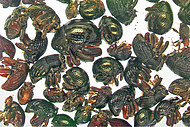
Systematics and evolution of the weevil genus Trigonopterus
The flightless weevil genus Trigonopterus Fauvel (Coleoptera, Curculionidae, Cryptorhynchinae) is extremely diverse in New Guinea, New Caledonia and the Pacific Islands. Currently, there exist 444 described species worldwide, but...[more]
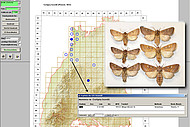
Schmetterlingsfauna Baden-Württembergs
Die Landesdatenbank Schmetterlinge Baden-Württembergs (LDS-BW) ist ein Kooperationsprojekt des Ressorts Lepidoptera im Referat Entomologie mit der Naturschutzverwaltung des Landes Baden-Württembergs (Landesanstalt für Umwelt,...[more]
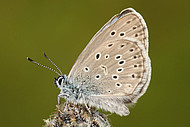
Schutzkonzepte für zwei obligat myrmekophile Schmetterlingsarten
Das Projekt befasst sich mit Bläulingen, deren Vorkommen in Baden-Württemberg stark bedroht sind und die im Raupenstadium besonders enge Beziehungen zu Ameisen eingehen (Myrmekophilie). Dabei wird vor allem die Lebensweise der...[more]
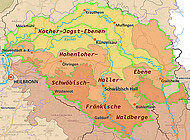
Bläulinge an Jagst und Kocher: Verbreitung, Ökologie, Schutz
In einem faunistisch bisher nur wenig untersuchten Gebiet, dem Bereich von Jagst und Kocher im Nordosten Baden-Württembergs, wurden zehn gefährdete Bläulingsarten im Hinblick auf ihre Verbreitung und ihre regionalen...[more]
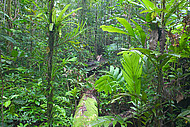
Weevils of the Papuan Region
New Guinea and its lesser surrounding islands harbour an extremely diverse yet little-explored weevil fauna (Curculionoidea). It is characterized by endemism on different hierarchic scales: most species occupy restricted areas...[more]







